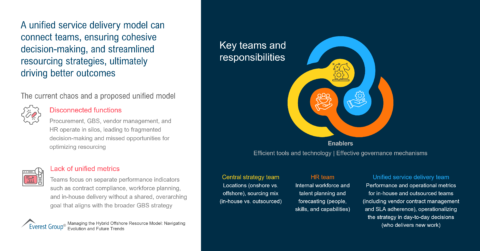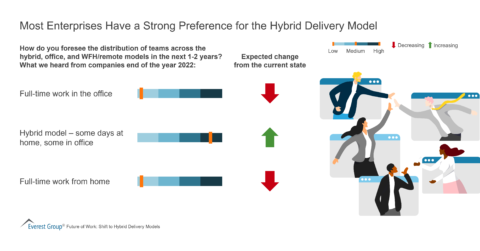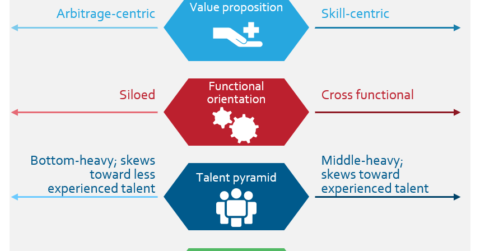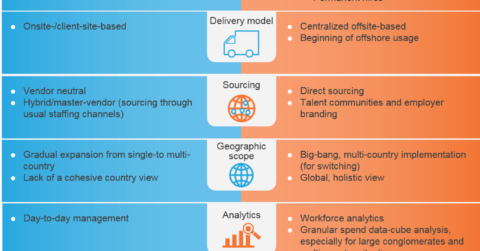Reimagine growth at Elevate – Dallas 2025. See the Agenda.
Filter
Displaying 1-10 of 37
GCC Setups: Evolving Expectations, Engagement Models, and Commercial Strategy | Webinar
October 7, 2025
8 a.m. PDT | 10 a.m. CDT | 11 a.m. EDT | 4 p.m. BST | 8.30pm IST
Webinar
1 hour
Scaling Smart: The Philippines as a Strategic GIC Hub
June 4, 2025
On-Demand LinkedIn Live
1 hour
Real-time Response: Ensuring Delivery Amid India–Pakistan Tensions | LinkedIn Live
May 21, 2025
On-Demand LinkedIn Live
Driving Success through Effective Procurement and Category Management Organization | Webinar
On-demand Webinar
1 hour
The Future of Supplier Management: How Technology Can Be Your Competitive Advantage | Webinar
On-demand Webinar
1 hour












